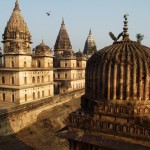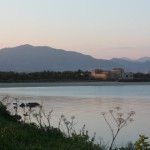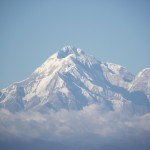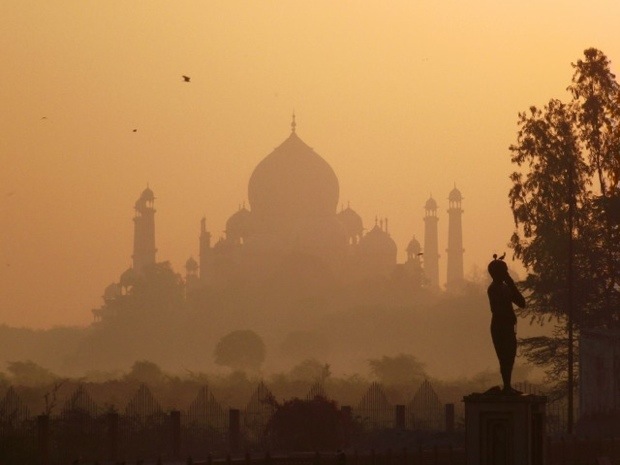
The Taj Mahal, located in the dusty, chaotic Indian city of Agra (population 1.7 million), is arguably the most beautiful building in the world. It’s also a UNESCO World Heritage Site, and was voted one of the New 7 Wonders of the World in 2007. It is not a temple, mosque, palace, fort or other type of building constructed for practical use. Instead, it is a tomb.
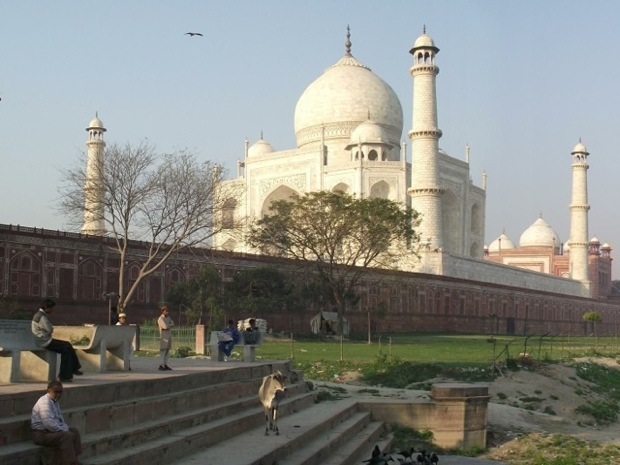
The Taj Mahal was completed in 1653 by Shah Jahan, the king of the Mughal empire who ruled from the city of Agra; and is dedicated to his 3rd wife who died while giving birth to their 14th child. Shah Jahan was deposed from power by his son Aurangzeb shortly after completion of the building, and imprisoned at Agra Fort; from where apparently he could look out and see the Taj Mahal. Upon Shah Jahan’s death, he was then buried alongside his wife inside the Taj Mahal.
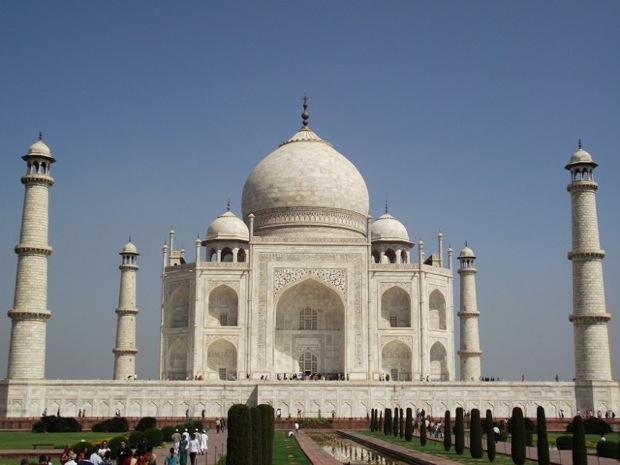
I first visited the Taj Mahal in November of 1999 on my first trip to India. At the time, the cost for entry was 15 rupees (about 30 U.S. cents…no, not dollars, cents!). Just a couple months later, they raised the price for foreign tourists, to 1,000 rupees or about $25 U.S. Upon a certain amount of outcry, they then lowered it slightly to the current entry fee of 750 rupees.
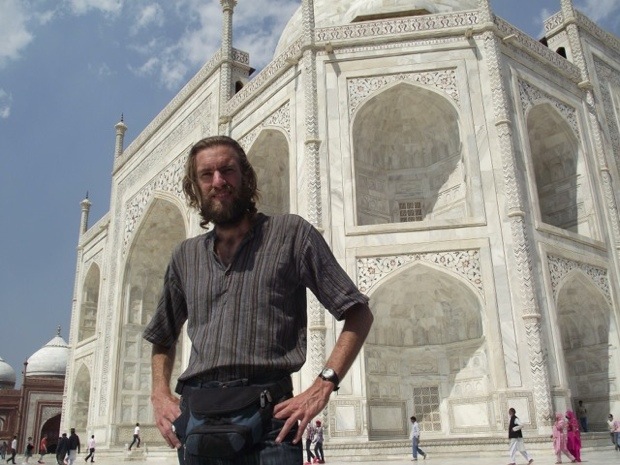
On my fourth trip to India in the winter of 2010-2011, I decided to visit the Taj Mahal for the second time. I had a better camera and more photography experience, and wanted to get some better pictures as well as soak up the sight of this amazing building and the history associated with it. I spent a good half a day within the Taj Mahal complex, which includes several other tombs, to Shah Jahan’s other wives as well as one of his favorite servants. I then took an auto rickshaw ride across the river to get some photos from a different vantage point; and took photos from a few other perspectives as well.


